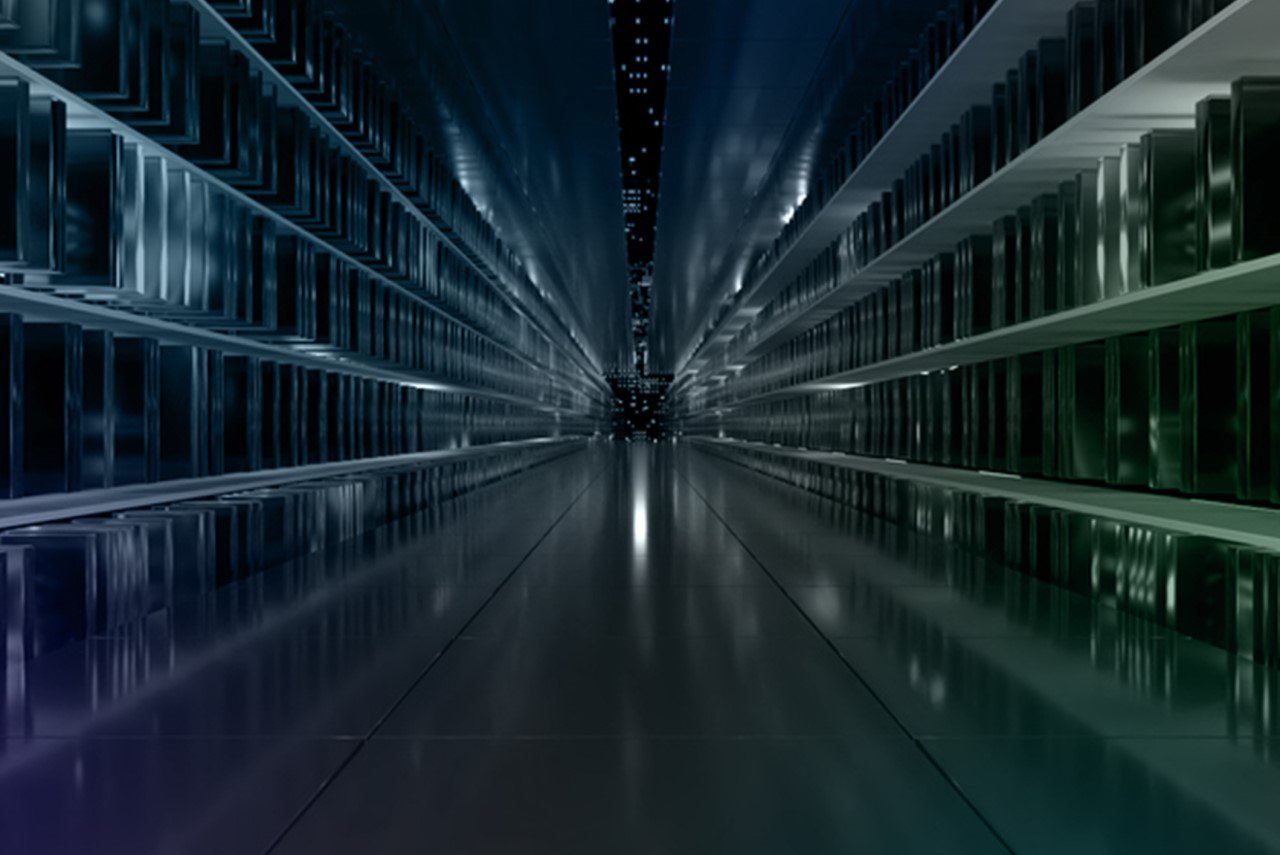While artificial intelligence is typically used to automate manual processes, forward-thinking legal departments are discovering that AI-driven solutions can unlock a host of opportunities, including significant improvements in timelines, budgets, strategy development and business outcomes.
“The increase in remote and hybrid work during the pandemic has heightened interest in new ways technology can help modern businesses and adoption has accelerated,” says Tripp Hemphill, Vice President of Enterprise Markets at DISCO.
“In addition, legal departments have come to appreciate the low-to-no barrier of entry possibly with cloud-native legal applications, that ‘try then buy’ is possible and welcomed by the next-gen legal tech providers” adds Hemphill. “The only true hoop to jump through is IT security approvals which, given such applications live in commercial clouds which have likely already been pre-cleared by IT sec teams, the process is streamlined to an exchange of documentation and certifications. Legal departments can quickly get their pilot projects underway, see results with their data and, armed with experience and metrics, determine if more wholesale adoption would be successful.”
The essence of AI
In explaining how AI evaluates and recommends documents in the legal discovery context, Hemphill makes the analogy to facial recognition technologies.
 DISCO’s Tripp Hemphill
DISCO’s Tripp Hemphill
“In a multi-layered process, the neural network analyzes an image – looking for attributes such as skin tone and texture or the presence of a nose, eyes and ear shape – to determine whether a human face is likely present in an image. The neural networks mimic the functions of neurons in the human brain and can be trained. AI’s approach to legal documents in e-discovery works similarly in a layered process called deep learning. The technology looks first at the order and relationship between words, then converting these relationships into numbers and mapping the sequences onto a 360-degree plane. These sequences become inputs to the next stage of the deep learning process”
CNN: More than just a news channel
The sequences are put through a convolutional neural network (CNN) that predicts and makes recommendations to the legal team. Over time, the technology’s understanding increases and recommendations improve as models are based on more data and input from multiple teams.
Discovery workflows have come a long way from earlier days when search terms were the best “tool” of choice to narrow data sets and find high-value documents. It is generally accepted that search terms are only moderately successful at identifying relevant documents and often fail to identify documents of interest.
“What we are seeing now is the first generation of native-cloud legal technology applications reaching maturity, with fully-integrated AI, becoming the norm,” says Hemphill. “Imagine the power and the efficiency gains if you could roll up all of those individual moments of learning while being able to leverage a highly accurate AI model case after case from the get-go.”
“Such capabilities, which are available on the market today, present significant cost, time and quality opportunities for in-house and outside counsel alike. Corporate legal departments can build and maintain AI models that capture the uniqueness of their business information while outside counsel can develop models around their specific areas of legal expertise,” adds Hemphill. “Though different words and phrases might be used in FCPA investigations for different clients, to the AI, communications regarding bribery look and smell very much the same. Thus, fact evidence identification can be accelerated exponentially.”
Pamela Brownstein is a freelance writer covering legal issues and the business of law.
Want to learn more about how technology is changing the legal profession and what that means for your career? Check out DISCO’s Just Hearsay podcast where DISCO leaders and their special guests discuss what’s new, what’s exciting and what’s possible with the right legal technology.
NOT FOR REPRINT
© 2024 ALM Global, LLC, All Rights Reserved. Request academic re-use from www.copyright.com. All other uses, submit a request to [email protected]. For more information visit Asset & Logo Licensing.










